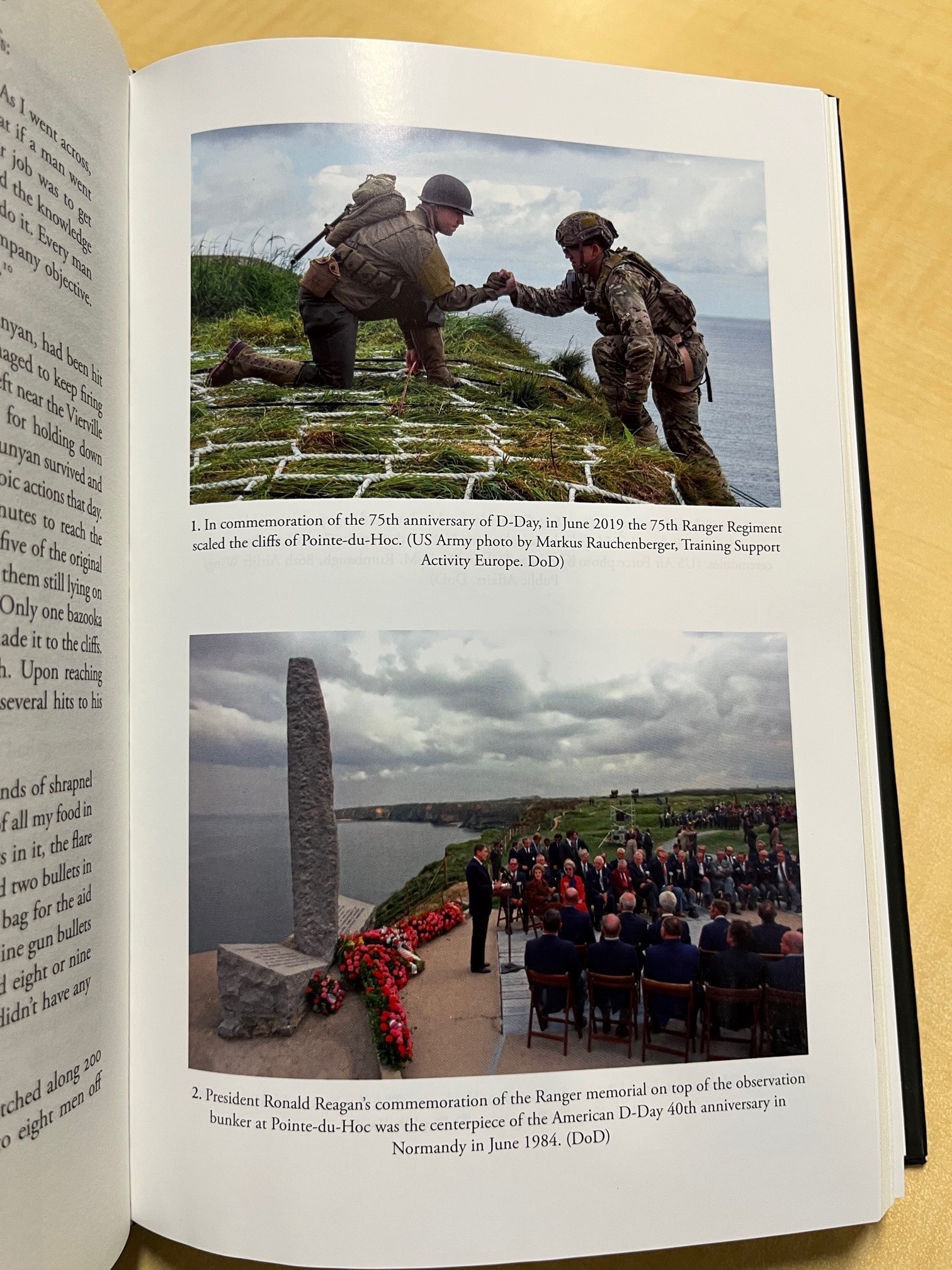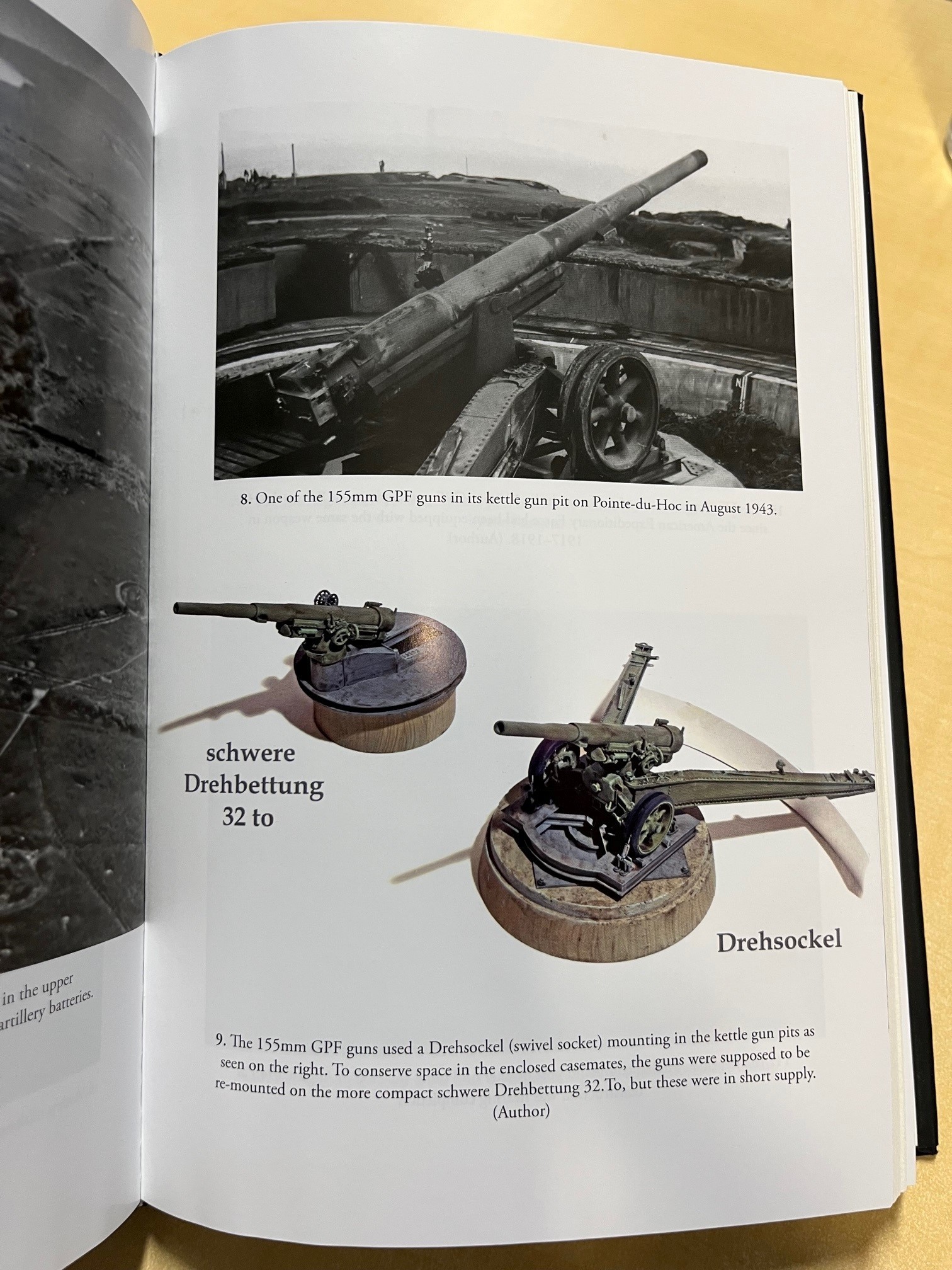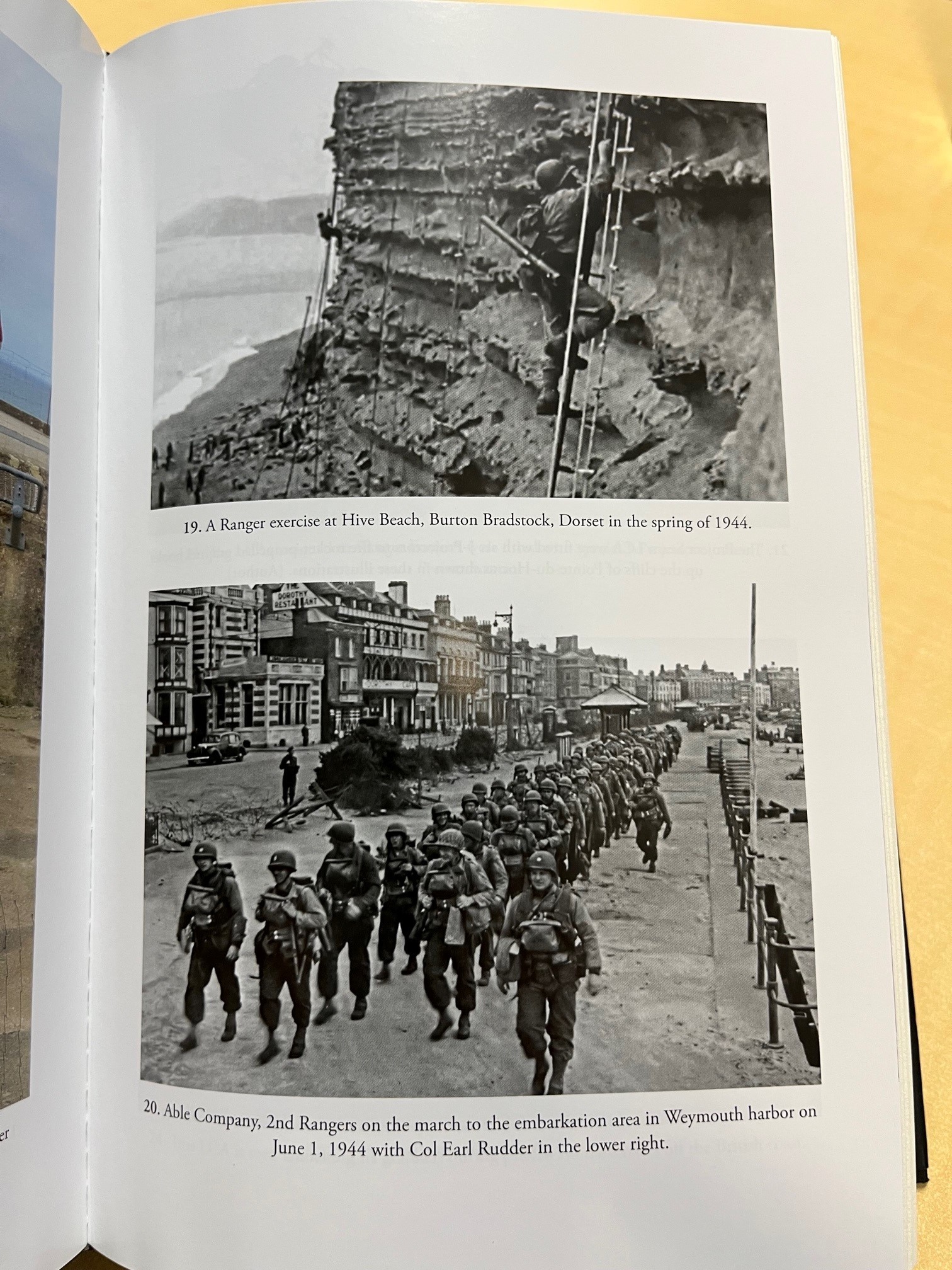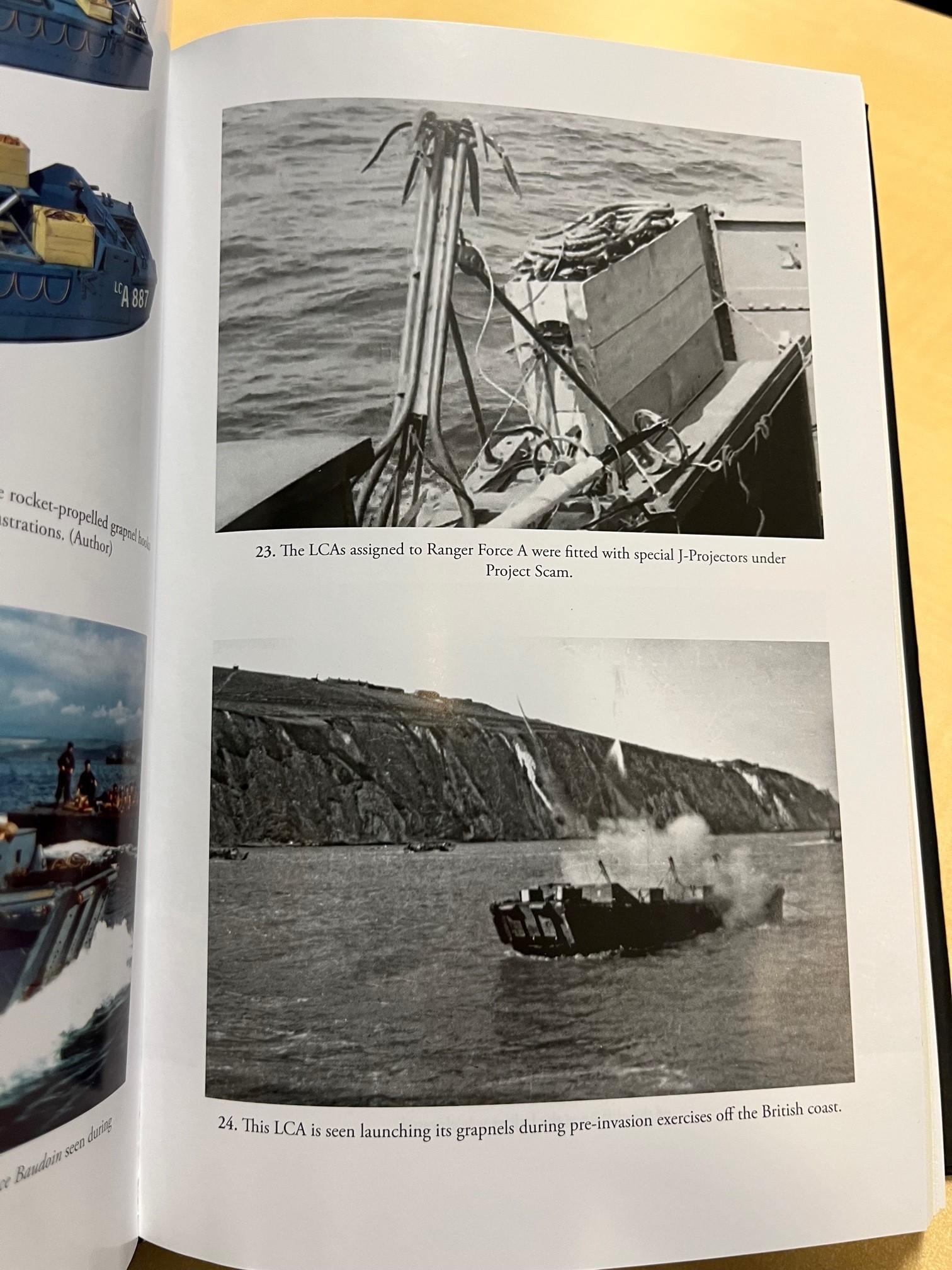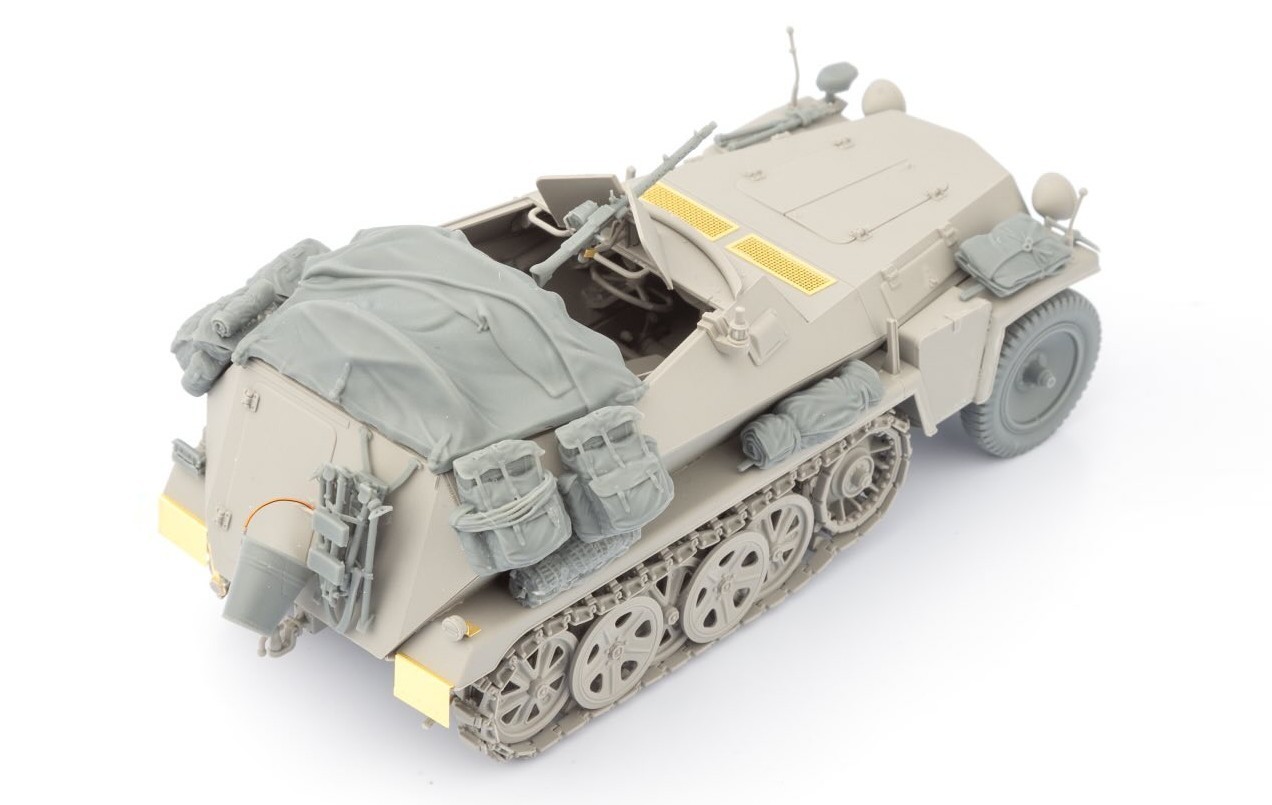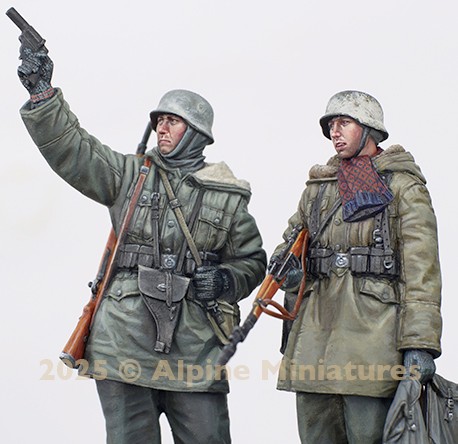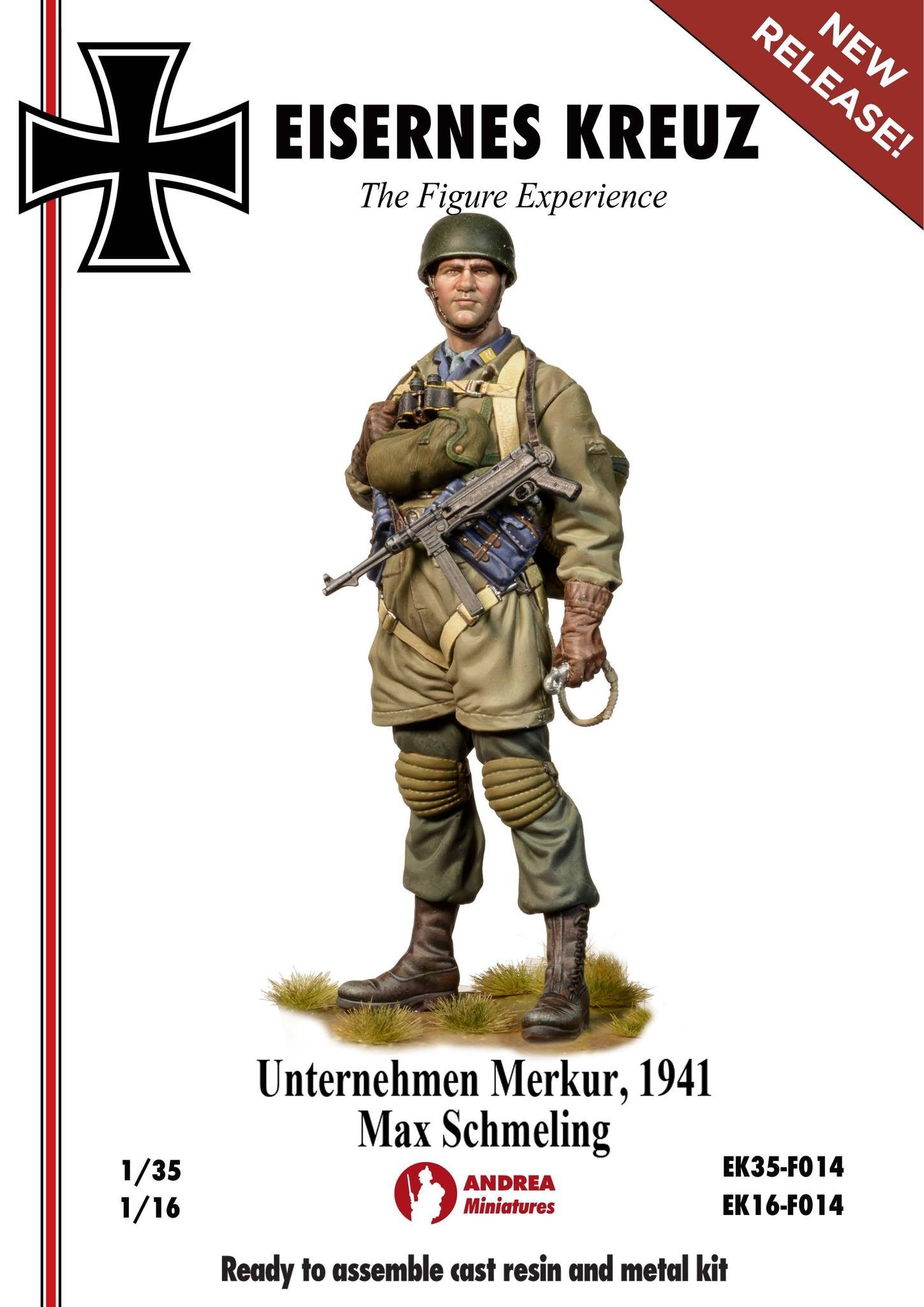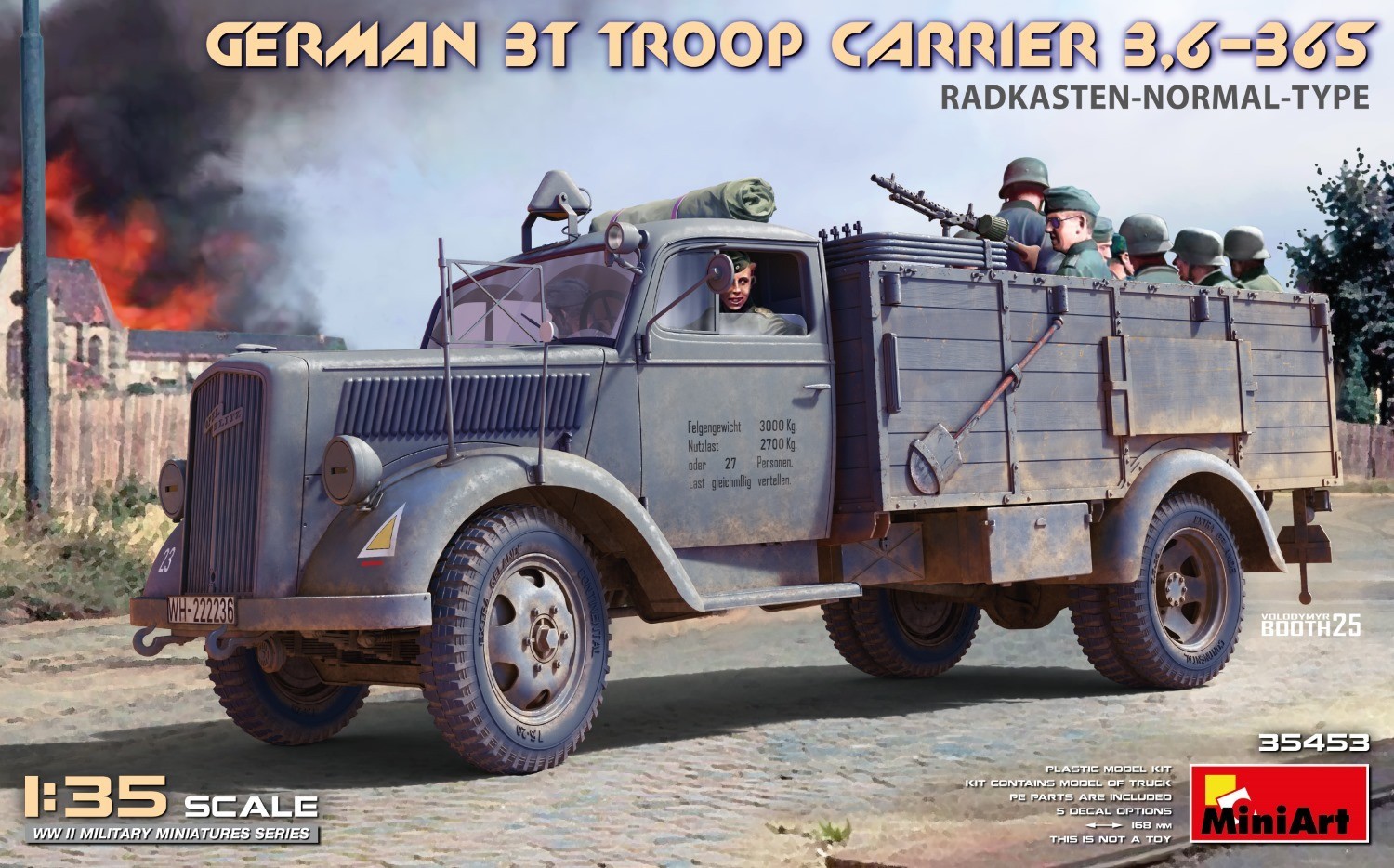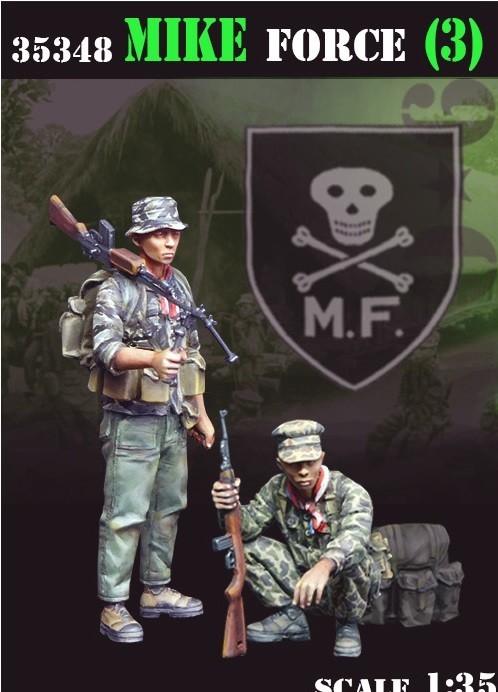Caveat I am a ZALOGA fanboy, have read a few of his books, like his builds, and the research he puts into both. But I will put that aside for an impartial review of this, his latest title.
Introduction
The book focuses on a single aspect of D-Day June 6 1944, that is the effort by US Rangers to destroy German em-placed guns at Pointe-Du-Hoc, in the context of the larger effort by the Allies to invade and secure a beachhead on the French coast.
The book covers several aspects leading up to the day, the numerous difficulties the Allies needed to overcome to be successful, the efforts the Germans put into countering the Allies, and continues for a few days after D-Day. This is an evidence-based analysis, using original unedited US Army reports, and interviews with veterans from both sides, and technical analysis of artillery and artillery shells, among others.
The text is supported with period images, images of the location today, cut-away diagrams, maps and charts, photographs, and a data-table (Bombing attacks against primary Neptune coastal batteries, p.141).
The book is 368 pages – with index, including 16 pages of photographs.Not a weekend read.
Contents
There are the usual here, list of illustrations, introduction, author’s note, acknowledgements, before heading into the guts of the matter: 19 chapters that introduce the subject – the guns of Pointe-du-Hoc, the conception of the Rangers, the build up to the big day, through to battle analysis and whether it was all worth it.
There is good coverage of the forming, selection, and training of the Rangers, including a look at the soils of the area and the cliffs (Rangers climbed the sheer faces using bayonets at one point).
The guns themselves are looked at in detail, including their heritage, their range, and the impact they could have on an invasion fleet if caught in open water. There is a great explanation of artillery, the importance of radar, rate of file, accuracy probabilities and the like. Its academic, but very interesting.
The men on both sides are given equal respect, if unbalanced coverage, which is correct in that it is not about the Germans at Pointe-Du-Hoc. This includes first-hand interviews, some detailed histories,and a bit of commentary around the prevailing conditions at the time / location with the resulting impact it had on the men’s morale and how they reacted once the attack started, Allied and Axis.
There is a section on the Landing Craft Assaults, which is very useful given a kit has been announced of these craft, and the rocket projectors proposed to launch the climbing ropes to the top of the cliffs.
Conclusion
I particularly liked this as a book to read: it was well and thoroughly researched, very readable, and took a well-balanced inclusive view of the Allied effort, including the part the navy and air force played, to reduce casualties whilst achieving the largest beach assault to date.
I expect I will read this again, if only to pick up more detail that I missed first time round.
There is only one aspect that I would disagree with, ‘Afterword,The Rangers in Cinema’. Here, ZALOGA details previous depictions of Rangers at D-Day in the movies, ‘The Longest Day’, and ‘Saving Private Ryan’. He then goes on to compare that with select other war movies and is generally critical of efforts to convey war, or accurately depict war. This chapter adds nothing to another wise excellent narrative on a monumental day by some very brave and determined men. If you did not read this chapter, you’d be none the worse for it.
To close with a quote from Maj. Earl Rudder, Ranger training supervisor: “First, I’m going to make men out of you. Then I’m going to make soldiers out you. And then, I’m going to make Rangers out of you.”
I have not done this book justice in trying to keep this review succinct, without resorting to bullet-points.

